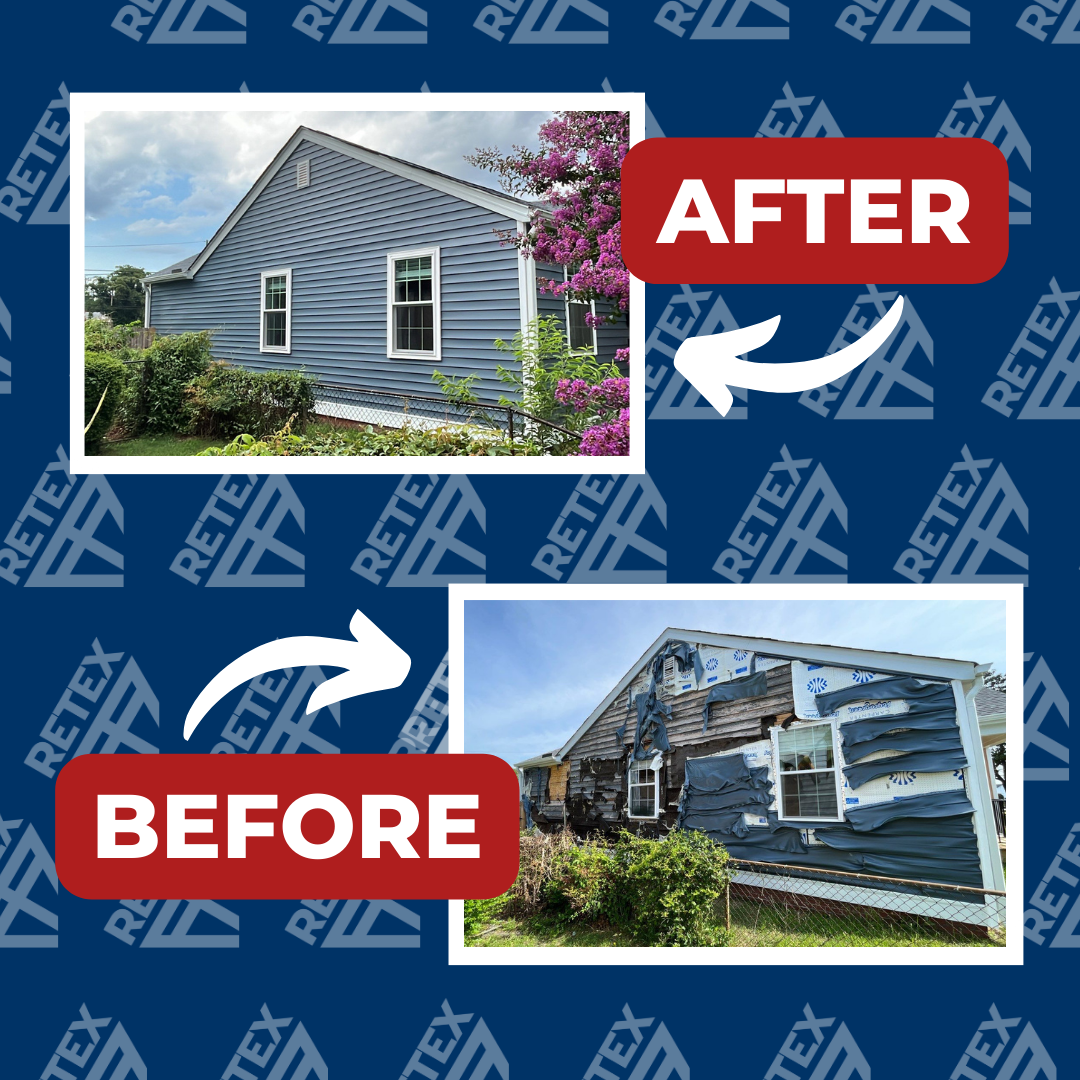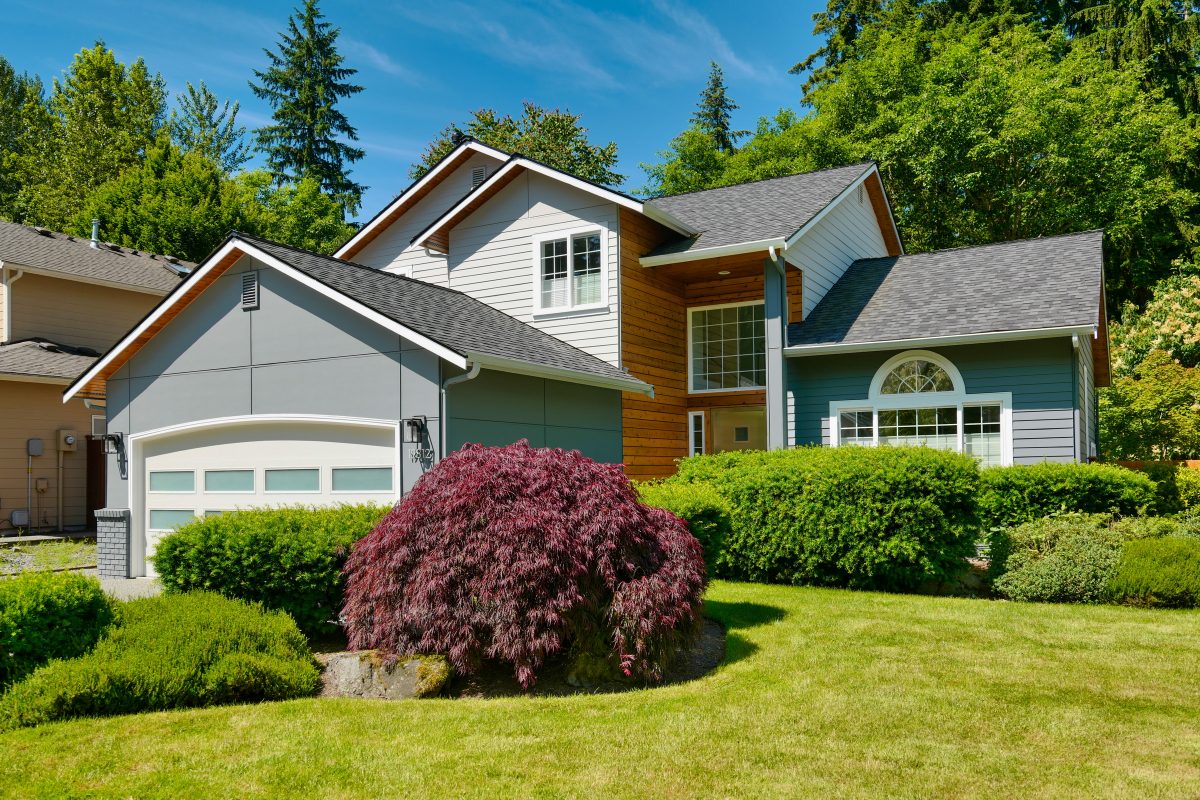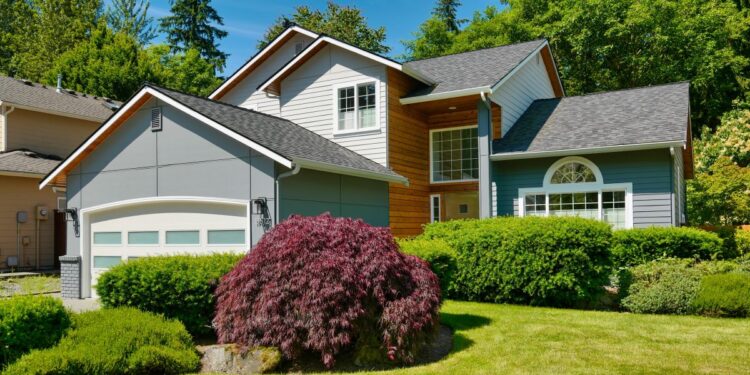Exploring the intricate relationship between siding choices and home insurance rates, this article delves into the factors that can influence your insurance premiums. From the type of siding material used to the importance of proper installation and maintenance, each aspect plays a crucial role in determining the cost of insuring your home.
Let's unravel the complexities of how siding affects home insurance rates.
As we navigate through the details, you'll gain valuable insights into the world of home insurance and siding choices, empowering you to make informed decisions that can potentially save you money in the long run.
How Siding Material Impacts Home Insurance Rates
When it comes to home insurance rates, the type of siding material used on your house can play a significant role in determining the cost of your premiums. Different siding materials have varying levels of durability, maintenance requirements, and susceptibility to damage, all of which can influence how much you pay for insurance coverage.One of the most common siding materials, vinyl siding, is known for its affordability and low maintenance.
Due to its resistance to rot and insects, vinyl siding may lead to lower insurance premiums as it is considered less risky in terms of potential damage.On the other hand, wood siding, while aesthetically pleasing, is more susceptible to fire, rot, and pests.
This increased risk of damage can result in higher insurance rates to account for the potential costs of repairing or replacing wood siding in case of an incident.Fiber cement siding, a popular choice for its durability and resistance to fire and insects, may also impact insurance rates.
Its robust nature can lead to lower premiums compared to wood siding, as it is less likely to sustain damage that would require an insurance claim.The maintenance needs of each siding material can also affect insurance costs. Regular upkeep and repairs can help prevent damage and reduce the likelihood of filing a claim, potentially lowering insurance rates.
Insurers often take into account the overall condition of the siding on a property when determining coverage costs.In summary, the type of siding material used on your home can have a direct impact on your insurance rates. Understanding the characteristics of different siding materials and their implications for maintenance and durability can help you make informed decisions when it comes to both your home's exterior and insurance coverage.
Importance of Proper Installation in Insurance Rates
Proper installation of siding plays a crucial role in determining home insurance rates. Incorrect installation can lead to various issues that may result in insurance claims and ultimately affect premiums. It is essential to understand how hiring certified professionals for siding installation can impact insurance costs.
Significance of Proper Installation
Improperly installed siding can cause water infiltration, which can lead to mold growth, rotting of the underlying structure, and damage to the interior of the home. These issues can result in insurance claims to cover the cost of repairs, ultimately leading to an increase in insurance premiums.
- Water Damage: Improperly installed siding can allow water to seep into the walls, causing damage to the structure of the home. This can result in costly repairs and insurance claims.
- Mold Growth: Moisture trapped behind incorrectly installed siding can create the perfect environment for mold growth. Mold remediation can be expensive and may lead to insurance claims.
- Structural Damage: If siding is not installed properly, it can fail to protect the underlying structure of the home from the elements, leading to structural damage that may require insurance coverage for repairs.
Certified Professionals for Installation
Hiring certified professionals for siding installation can help mitigate the risk of improper installation and its consequences on insurance rates. Certified professionals have the knowledge and expertise to install siding correctly, reducing the likelihood of issues that could result in insurance claims.
By investing in proper installation by certified professionals, homeowners can potentially lower their insurance premiums by reducing the risk of damage and claims associated with improperly installed siding.
Impact of Siding Quality on Insurance Premiums

When it comes to home insurance rates, the quality of siding plays a crucial role in determining the premiums. High-quality siding materials are known for their durability and weather resistance, which can directly impact insurance costs.
Benefits of High-Quality Siding Materials
- Thicker siding materials are more resistant to damage from extreme weather conditions, reducing the likelihood of costly repairs or replacements.
- Siding with better insulation properties can help prevent issues like mold or water damage, leading to lower insurance claims.
- High-quality siding can enhance the overall structural integrity of the home, making it less susceptible to damage from external factors.
Relationship Between Siding Warranties and Insurance Coverage
- Many high-quality siding manufacturers offer warranties that guarantee the performance and durability of their products for a certain period. Insurance companies may view homes with such warranties as lower risk, potentially resulting in lower premiums.
- Having a warranty for the siding can also provide homeowners with added protection in case of unexpected damage, giving insurance companies more confidence in providing coverage.
- Some insurance providers may even offer discounts or incentives for homes with high-quality siding and valid warranties, further reducing insurance costs.
Maintenance Requirements and Insurance Costs

Regular maintenance of siding plays a crucial role in determining home insurance rates. Proper upkeep can help reduce the risk of damage and insurance claims, ultimately leading to lower premiums. On the other hand, neglecting siding maintenance may result in higher insurance costs due to increased vulnerability to potential issues.
Tips for Proper Maintenance
- Regularly inspect the siding for any signs of damage, such as cracks, holes, or warping.
- Clean the siding periodically to remove dirt, mold, and mildew buildup.
- Repair any damage promptly to prevent further deterioration.
- Ensure proper drainage to prevent water damage to the siding.
- Apply protective coatings or sealants as needed to maintain the integrity of the siding.
Final Wrap-Up

In conclusion, the impact of siding on home insurance rates is multifaceted, with various factors at play. By understanding the nuances of siding materials, installation requirements, quality considerations, and maintenance needs, homeowners can proactively manage their insurance costs. Remember, the choices you make regarding your home's siding can have a lasting effect on your insurance premiums.
FAQ Summary
How does the type of siding material impact home insurance rates?
The type of siding material used can significantly influence insurance premiums. For example, durable materials like fiber cement may result in lower rates due to their resistance to damage.
Why is proper installation important for home insurance rates?
Proper installation is crucial as incorrect installation can lead to issues that may result in insurance claims. Hiring certified professionals for installation can help prevent such problems.
How does siding quality affect insurance premiums?
Siding quality, including factors like thickness and weather resistance, can impact insurance rates. High-quality materials may lower premiums, and warranties can also play a role in coverage.
What role does maintenance play in insurance costs?
Regular maintenance of siding is essential to reduce the risk of damage and insurance claims. Neglecting maintenance can lead to higher premiums as insurers may see it as a higher risk.









